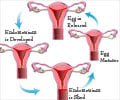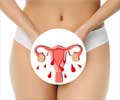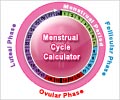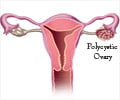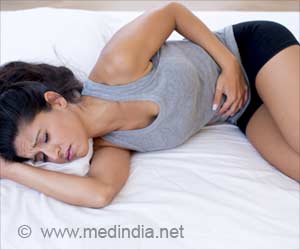- Menstrual Disorders - (https://www.healthywomen.org/condition/menstrual-disorders/overview)
- Abnormal Menstruation Periods - (https://my.clevelandclinic.org/health/diseases/14633-abnormal-menstruation-periods)
- What Are Uterine Fibroids? - (https://www.bcm.edu/healthcare/specialties/obstetrics-and-gynecology/ob-gyn-conditions/menstrual-disorders/uterine-fibroids)
- What are menstrual disorders? - (https://www.bcm.edu/healthcare/specialties/obstetrics-and-gynecology/ob-gyn-conditions/menstrual-disorders)
- Premenstrual dysphoric disorder: Different from PMS? - (https://www.mayoclinic.org/diseases-conditions/premenstrual-syndrome/expert-answers/pmdd/faq-20058315)
- Top 5 Common Menstrual Disorders You Need to Know About - (https://www.harringtonhospital.org/women_blog/top-5-common-menstrual-disorders-need-know/)
- Prevalence of Menstrual Disorders and Their Association with Physical Activity in Adolescent Girls of Aligarh City - (https://www.ijhsr.org/IJHSR_Vol.9_Issue.8_Aug2019/53.pdf)
- Facts to Know - (https://www.healthywomen.org/condition/menstrual-disorders/facts-to-know)
- About Menstrual Disorders - (https://www.hopkinsmedicine.org/gynecology_obstetrics/specialty_areas/gynecological_services/conditions/menstrual_disorders.html#:~:text=Patients%20are%20usually%20referred%20by,at%20Johns%20Hopkins%20can%20offer)
- Can Period Pain Get Worse with Age - (https://www.avogel.co.uk/health/periods/can-period-pain-get-worse-with-age/)
- Dysmenorrhea - (https://my.clevelandclinic.org/health/diseases/4148-dysmenorrhea)
- Premenstrual syndrome (PMS) Symptoms & Causes - (https://www.mayoclinic.org/diseases-conditions/premenstrual-syndrome/symptoms-causes/syc-20376780)
- Premenstrual Dysphoric Disorder (PMDD) - (https://www.hopkinsmedicine.org/health/conditions-and-diseases/premenstrual-dysphoric-disorder-pmdd)
What is a Menstrual Disorder?
Menstruation is a normal part of female reproductive development. The menstrual cycle begins in adolescence and is called menarche. Lasting 4 to 7 days, the uterus lining sheds approximately every 28 days when sperms do not fertilize the egg. This process is known as a period.
Menopause, a natural biological process, refers to the permanent cessation of the menstrual cycle. Menopause can happen around 40 or 50 years of age. But the average age is 51 in the United States.
A menstrual disorder is a condition that involves physiological and emotional symptoms centering around menstruation, typically prior to or during the period cycle. This could be in the form of delayed or missed periods, heavy or sparse bleeding, severe pain, or mood swings.
Menstrual disorders have become more common in the past few years. Abnormal menstruation can be linked to various factors, including biological, psychological, and environmental aspects.
What are the Types of Menstrual Disorders?
There are various types of menstrual disorders. They are described below -
|
Menstrual Disorder |
Description |
|
Amenorrhea |
|
|
Abnormal uterine bleeding |
|
|
Dysmenorrhea (painful menstrual periods) |
|
|
Menorrhagia |
|
|
Oligomenorrhea |
|
|
Premenstrual syndrome (PMS) |
|
|
Fibroids |
This refers to benign tumors in the uterus that lead to prolonged bleeding, severe cramps, frequent urination, and anemia. |
|
Premenstrual dysphoric disorder (PMDD) |
This is a more extreme version of PMS and involves more severe mood swings, anxiety, depression, and impaired sleep and appetite. Cramps, constipation and bloating are also common. |
Common menstrual disorders include heavy bleeding, amenorrhea, premenstrual dysphoric disorder, premenstrual syndrome, fibroids, dysmenorrhea, and oligomenorrhea. In India, the prevalence of menstrual disorders was found to be an alarming 76.9%, with PMS being the most common (71.3%).
What are the Causes of Menstrual Disorders?
The causes of menstrual disorders are varied. They include hormonal (estrogen and androgen) imbalances. Polycystic ovary syndrome, commonly known as PCOS, involves a high production of androgens, leading to cysts and other issues such as irregular periods and weight gain.
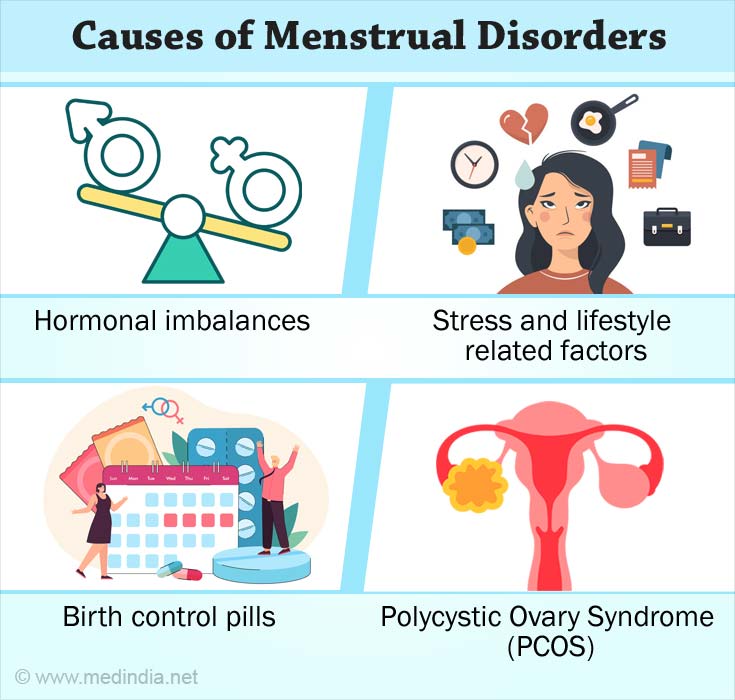
Other causes of menstrual issues include stress- and lifestyle-related factors. Sudden changes in sleep schedules, exercise, travel or sickness, and diet can contribute to menstrual disorders. With the increasing reliance on fast food and emphasis on work at the cost of health, young women are facing more period-related issues.
Birth control pills are known to cause delayed and irregular periods. Fibroids contribute to pain and excessive bleeding during periods. Endometriosis is a condition in which the tissue starts growing outside the uterus, leading to cramps and abnormal bleeding. A bacterial infection caused by sexual contact, Pelvic inflammatory disease (PID) can cause irregular periods.
Uterine cancer and thyroid disorders can also contribute to abnormal menstruation. Medicines such as anticoagulants are also implicated.
What are the Symptoms of Menstrual Disorders?
The symptoms of menstrual disorders include:
- Pain or cramps before or during periods
- Excessive bleeding
- Mood swings, irritability, depression, and anxiety
- Bloating or feeling full
- Very light bleeding or spotting
- Longer or shorter period cycle
How do you Diagnose Menstrual Disorders?

Menstrual disorders can be diagnosed with the help of a blood or urine test.
An ultrasound scan can also help in diagnosis. Laparoscopy involves making a small cut in the abdomen and using a lighted tool to examine the reproductive organs.
Endometrial biopsy uses a tiny sample of the tissue from the uterus for testing.
Diagnostic hysteroscopy uses an instrument known as a hysteroscope to check the internal structure of the uterus. Dilation and curettage are used to remove the uterine lining through the cervix. Diagnostic hysteroscopy is also used in the diagnosis of menstrual disorders.
How to Prevent Menstrual Disorders?
Ways to prevent menstrual disorders include:

- Modifying diet to avoid nicotine, alcohol, caffeine, refined sugar, and salt
- Regular exercise five times a week
- Following a healthy sleep schedule
- Maintaining a record of symptoms to take appropriate measures in prevention
- Selective Serotonin Reuptake Inhibitors, a type of antidepressants, when taken 2 weeks before the periods
What are the Home Remedies for Irregular Periods?
- Home remedies for irregular periods include regular engagement in yoga, meditation, and exercise.
- Maintaining a healthy weight is also helpful.
- Food items are also helpful in managing irregular periods. Spices such as ginger and cinnamon have been found to be beneficial.
- Vitamin D and Vitamin B-6 are effective in managing menstrual disorders.
- Consuming apple cider vinegar everyday and pineapple can also help.
- Jaggery, turmeric, and aloe vera are food items that can regulate irregular menstruation.
- Beetroot can increase hemoglobin levels, which helps with regularizing periods.
How to Treat Menstrual Disorders?
Menstrual disorders can be treated by the following methods:
- Hormonal treatment includes administering estrogen or progestin to manage heavy bleeding
- Pain control medicines and heating pads can be helpful
- Having a hot bath eases pain
- Iron supplements help increase hemoglobin
- Progestin injections to break fibroids
- Gonadotropin-releasing hormone agonists help to break fibroids
- Myomectomy removes a single fibroid
- Hysterectomy involves removal of the uterus
- Birth control pills can help control heavy bleeding


